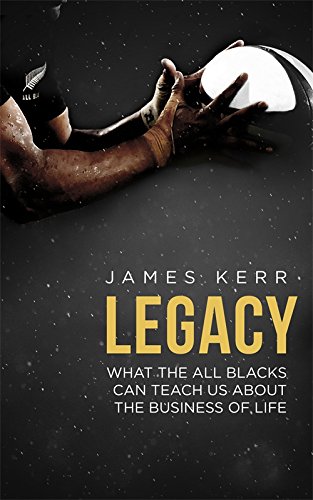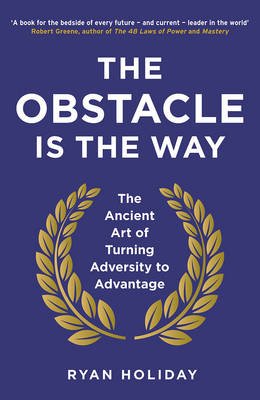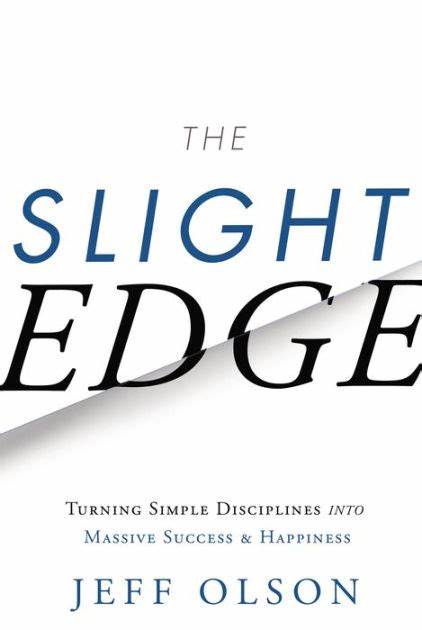High School Athletic Development – bridging the Gap (Part 5)
We have a covered a fair bit about the high school sector of athletic development.
We looked at why the high school setting is the perfect and most realistic way of bridging this growing gap between junior and senior sport – and also why it is so important.
Then we dived into a little more detail about what the setup is like in other nations – and just how badly Australia is falling behind.
We then started to look at how it could operate within a school setting – realistically – with a small start, and then with the view to gradually expand it outward.
Then we looked more at some of the specifics – around what should be included, and how it could be run.
We are getting towards the final couple stages of our discussion on this area, and in this part we will look at a few more little details around the introduction and running of a program in the early stages, which are based around a few common questions that I have gotten both in person on this topic over the last 12 months, as well as via the inbox.
So for starters who to run it?
Something that we have previously discussed in a little more detail is that certainly the way NOT to a approach introducing this is to get a PE teacher to do it. Because;
-If run in free lessons, chances are they are teaching already
-Their work load is already a full time one
-Whilst PE teachers have the Exercise Science degree as a baseline, the job description of teacher means much of their career focus and day-to-day work has been considerably different to that of a strength and conditioning coach.
Get an actual strength and conditioning coach whose job is specifically focused on running this program – even if only 1 day per week at first. Rather than just being one area of several that an existing staff member then has to run, having this as an exiting professionals sole focus will provide a greater level of quality and specified expertise.
Especially early on while you are testing the waters, say every Tuesday for a term as the example we used – it makes sense to contract someone on an initially short basis of say 10 weeks (1 term), to see how things could work and run. Additionally this external professional then also has the time to dedicate to detailed planning of programs and sessions, as their primary profession (without existing homework to mark or lessons to run.) Furthermore, if you have minimal equipment, it is fair to expect an initial externally contracted coach to be able to bring smaller equipment as part of the initial set up (kettlebells, dumbbells, bands, etc.)
How do you document it?
If we are talking about the initial testing of the waters with a 1-day per week program, and very much the early stages of introduction like the example we outlined, it would be unrealistic to expect to be able to keep detailed records for every individual (in terms of specific numbers etc.) However, the coach running the program can easily keep records of the session plan and the session completed, for the session as a whole – with something as basic as an excel spreadsheet. This is important not just for the head of co-curricular’s records, but in general for the coach themself in the monitoring and adjusting of the program they are running (where we are at, what worked, what didn’t, etc.)
Eventually as a program builds, you can get to a point fairly quickly where each individual student can log their own numbers, which can be accessed by both them and he coach. In the actual gym, having say 2-3 tablets set up, each with an exercise data entry program such as Bridge or Teambuildr will allow students to log their specific numbers for a particular session – in that session as they go. A communal tablet or 2 in the gym is a much better option than installing and using something on their phones – for obvious reasons. Having access to specific numbers will also allow for a degree of personalisation in direction with loads etc, whilst still operating off a similar session and program. This is very cheap, particularly relative to its effectiveness. But again, this is a little later on once a program is a little more established.
How do we grade students?
This isn’t another form of measurement where we want to rate them in some way. This is a chance to develop and progress and in a setting where there is no grade at the end of it.
Their physical progress is the measurement – and no letter (‘A’ or ‘B’) makes any difference to what this really aims to achieve. If you must grade them for the schools decision makers to accept its introduction, just give them all an ‘A’ and be done with it, then get back to focusing on what the service is actually aimed at achieving.
If there must be an academic component – make it key reading material – a book to read each term or semester. Books that are topical – that relate intitially to training and athletics/sport, but then where the lessons are also extrapolated to life in general. This way, for the students they are able to tie in the themes with gym/training work immediately, as well as hopefully start to layer them into other areas within both school and externally. There is actually real value in this.
A few examples;
-The Obstacle is the Way – Ryan Holiday
-The Slight Edge – Jeff Olson
-Legacy – James Kerr



So once it is up and away, how to progress it?
I am talking about how to gradually expand the program – not the exercise component (as this is much more detailed, but also very much par for the course for a well credentialed coach – they will take care of it.)
In broad and general terms;
First Year
As we have discussed already start with 1 day/1 session per week while you test the waters. Year 10’s initially also make the most sense if you are looking to expand out over the next few years – as they stand to continue to benefit from this in the years ahead.
Bring someone in on a 1-day/week contract to run and document the program.
Second Year

-Last years year 10’s become this year 11’s, with the year 11’s now having the opportunity to build on the previous year with 2 exposures per week.
-If the school has a gym set up, great. If not, it would be during this second year that it would be ideal to get some equipment and a free indoor space set, just to start to progress these students more in their second year in a program. To reiterate, in doesn’t need to be much, and certainly doesn’t need to be an expensive flashy set up.
-Expand the coach to 2.5-3.5 days per week (including programming etc.)
Third Year
-The year 10’s from 2 years ago are now Year 12’s this year – and will be heading into a 3rd year of consistent (1-2x/week most weeks of the year) foundational development – with quality coaching and guidance. How many other 17 or 18 year olds out at Glenelg or Williamston Football Club will have that sort of foundation?
-As the program is more established, it would also be in this 3rd year that individual session planning and recording in Bridge or TeamBuildr for the Year 11’s and 12’s. It would still be unnecessary for Year 10’s as they just get started on foundations, but fore the now-more experienced older students, this will become more important. This will also allow for more detailed records and interactions with the individuals other coaches – be it club football coaches, state coaches, the high performance/s&c coaches at these institutes etc. In short, another level of quality service available to these students, and a greater degree of personalisation within the program as well.
-The program and the running of it is now very much a full time role – and one in which the staff member running it may look to have a part-time intern assisting.
This is just a very broad 3-year example for demonstration purposes. 3 Years is a long time – and remember we said a bit earlier to initially introduce on a 1-term short term contract with an external professional, and then look to re-assess and build on based on a term-by-term basis. In other words, this 3-year period is really 12 x 10 week periods, in which progress and adaptions can be made. That is a long time – and gradual change will accumulate. Naturally little road blocks and difficulties will arise – be they elated to the time table, facility restrictions, needing more equipment as expand slightly, etc. But in starting small, and gradually building the program out, this will ensure that there are never a large amount of obstacles, and will ensure that they are by no means insurmountable
But hopefully the picture is starting to become a little clearer, and there is more of an understanding of how simple – yet brilliantly effective – even a small introductory program done consistently within the high school setting could be. As I have repeated so many times throughout these discussions – start small and expand it out.
Strength Coach

